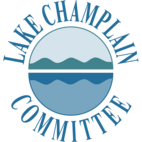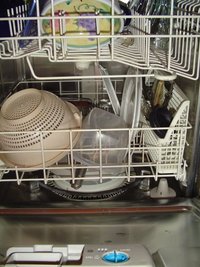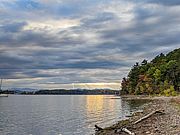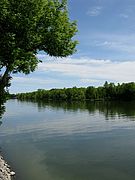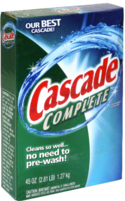Lawns make up a large portion of the developed area in the Lake Champlain Basin and simple changes to mowing and fertilizing practices can reduce stormwater runoff and pollution. Although lawn maintenance tends to wind down this season, fall is an important time to consider practices that reduce water quality impacts and can improve the health of your lawn and soil for next summer and beyond.
Read on to learn about what you can do on your lawn to support water quality! Read...
